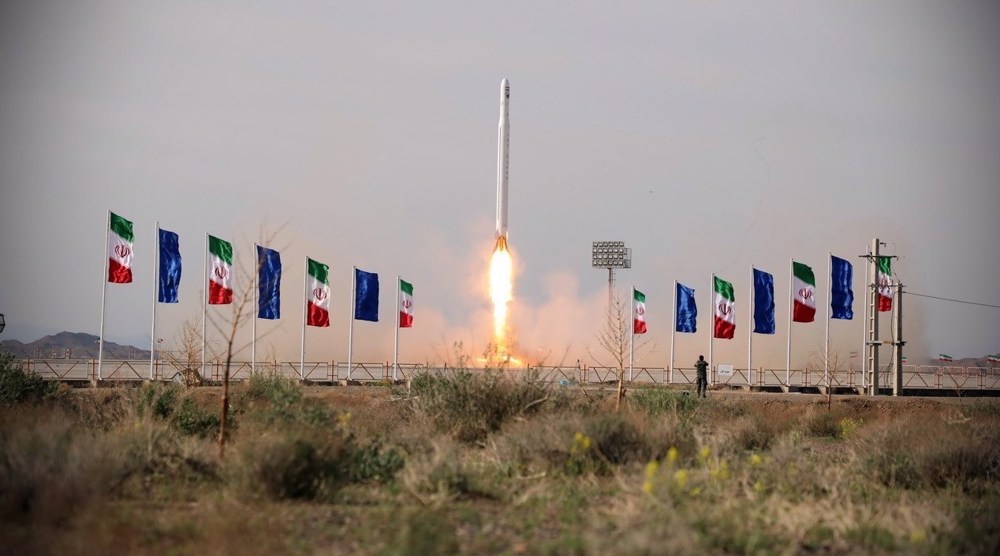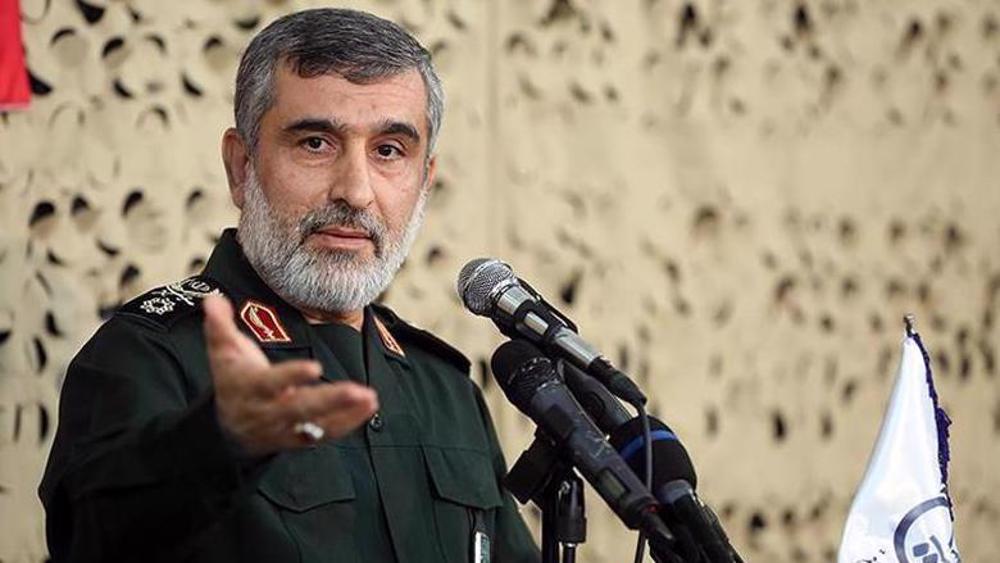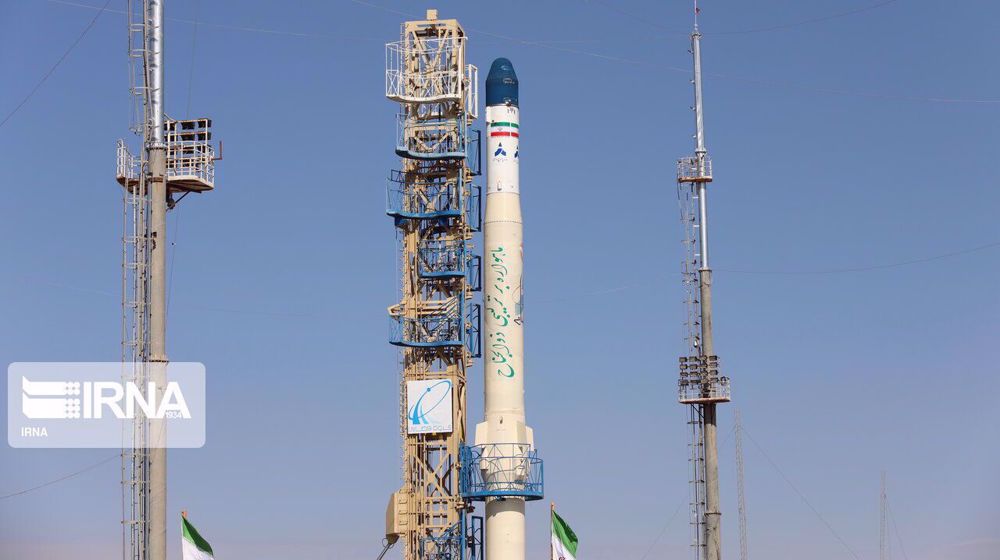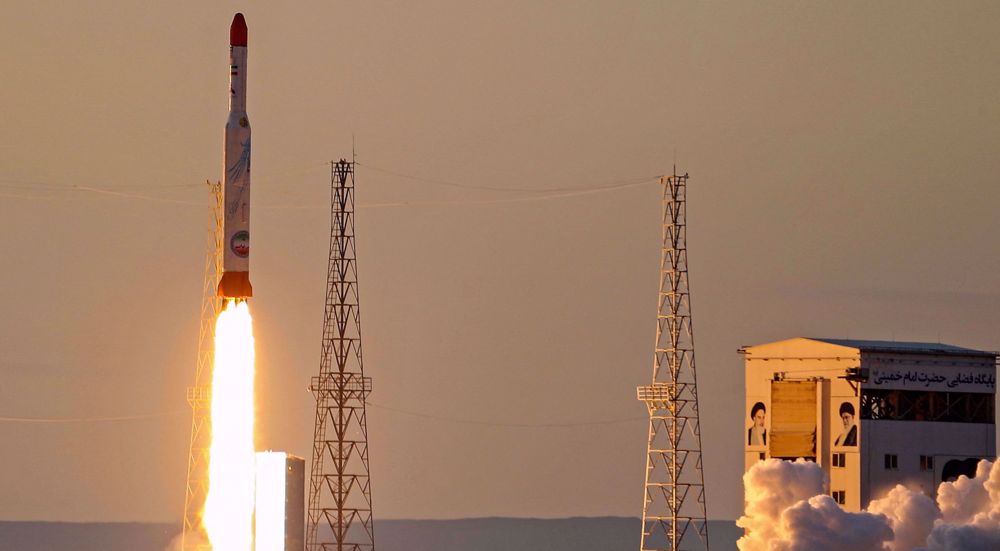Russia's space agency to launch Iranian satellite 'Khayyam' into orbit
In a joint endeavor between Tehran and Moscow, Russia’s space agency is set to launch a satellite on behalf of Iran into space next week.
The Roscosmos space agency said on Wednesday that the spacecraft, a remote sensing satellite called "Khayyam", will be sent into orbit by a Soyuz-2.1b rocket, equipped with a Fregat upper stage, from the Baikonur Cosmodrome in neighboring Kazakhstan on August 9.
The Earth observation satellite has been named after legendary Persian polymath Omar Khayyam (May 18, 1048 – December 4, 1131), who is known globally for his epic contributions to the fields of mathematics, astronomy, philosophy, and poetry.
The spacecraft will reportedly provide topographic maps and data in order to improve agricultural productivity, better monitor Iran’s water resources, manage natural disasters, supervise development projects under construction, observe environmental hazards, monitor mines and relevant excavations, and keep a close watch on the country's borders.
Iran has taken giant strides in the field of science of technology in recent years, despite crippling US sanctions, which is evident from its satellite launches.
Earlier this year, Iran’s Islamic Revolution Guards Corps (IRGC) Aerospace Force launched its second homegrown satellite into a low Earth orbit (LEO), nearly two years after the launch of its first military satellite.
The IRGC successfully put Nour-2 (Light-2) into orbit on March 8. The homegrown satellite was launched with a three-stage satellite carrier, dubbed Qased (Messenger), from a launchpad in Dasht-e Kavir, a large desert in central Iran.
The satellite was launched at the velocity of 7.6 kilometers per second and was placed into an LEO orbit 500 kilometers above the earth’s surface some 480 seconds after the blast-off.
Nour-2 satellite is expected to carry out a range of military and civilian missions in Iran, including reconnaissance and natural disaster response operations.
Back on April 22, 2020, the IRGC successfully placed Nour-1 into an orbit 425 kilometers above the earth’s surface.
A day later, the commander of the IRGC Aerospace Force said several earth stations across Iran had received signals from the Nour-1 satellite, unveiling plans for the launch of another satellite into a higher orbit.
Brigadier General Amir Ali Hajizadeh said the Nour-1 satellite was circling the Earth once every 90 minutes.
The land stations in Tehran, Zahedan and Chabahar had received signals from the satellite, the commander noted.
Over dozen Palestinians killed in 46 building collapses across Gaza
Routine IRGC drills rattle Israel as military chief calls CENTCOM commander: Report
Australia trials Israeli weapon system ‘combat-proven’ in Gaza genocide: Report
Pakistan’s Field Marshal Munir awarded Saudi Arabia’s King Abdulaziz medal
Lebanese army uncovers, dismantles Israeli spying device in south
CIA undermining Trump’s Ukraine plan: Ex-US national security adviser
Ten million Persian manuscripts donated from India to institute in Iran
VIDEO | Press TV's news headlines














 This makes it easy to access the Press TV website
This makes it easy to access the Press TV website